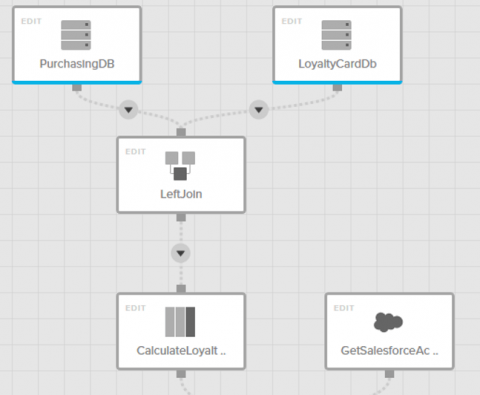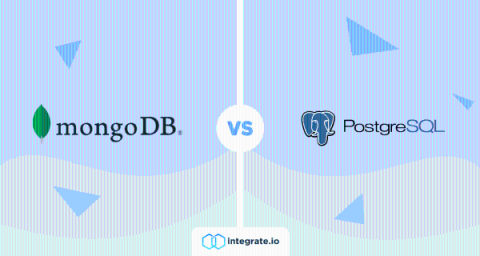How E-Commerce Influences B2B Analytics in Your Data-Driven Enterprise
E-commerce is the future of B2C retail, with online retailers expected to generate a total of $5.55 trillion in sales in 2022. The benefits of e-commerce are almost endless: This business model overcomes geographical limitations, allows merchants to sell new products and services 24 hours a day, and eliminates many of the costs associated with managing a brick-and-mortar store. But do you know how e-commerce influences B2B analytics?




